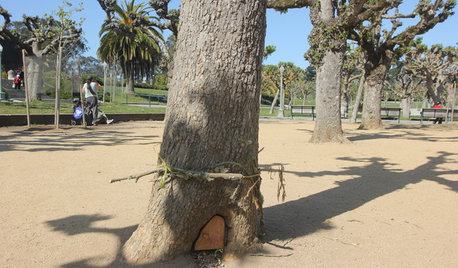Did I trim this Elm right?
jlaitar
10 years ago
Featured Answer
Comments (17)
Embothrium
10 years agolast modified: 9 years agobrandon7 TN_zone7
10 years agolast modified: 9 years agoRelated Professionals
Canton Landscape Architects & Landscape Designers · Davidson Landscape Contractors · Garland Landscape Contractors · Golden Gate Landscape Contractors · Palm Beach Gardens Landscape Contractors · Plantation Landscape Contractors · Rio Linda Landscape Contractors · Ronkonkoma Landscape Contractors · Salem Landscape Contractors · Washington Landscape Contractors · East Norriton Landscape Contractors · Tustin Siding & Exteriors · Richmond Decks, Patios & Outdoor Enclosures · San Diego Decks, Patios & Outdoor Enclosures · Schaumburg Decks, Patios & Outdoor Enclosuresjlaitar
10 years agolast modified: 9 years agobrandon7 TN_zone7
10 years agolast modified: 9 years agoken_adrian Adrian MI cold Z5
10 years agolast modified: 9 years agowhaas_5a
10 years agolast modified: 9 years agobrandon7 TN_zone7
10 years agolast modified: 9 years agoToronado3800 Zone 6 St Louis
10 years agolast modified: 9 years agomikebotann
10 years agolast modified: 9 years agobengz6westmd
10 years agolast modified: 9 years agobrandon7 TN_zone7
10 years agolast modified: 9 years agoalabamatreehugger 8b SW Alabama
10 years agolast modified: 9 years agohairmetal4ever
10 years agolast modified: 9 years agojlaitar
10 years agolast modified: 9 years agobrandon7 TN_zone7
10 years agolast modified: 9 years agolongtee81 (Zone 5a)
10 years agolast modified: 9 years ago
Related Stories

TRIMTrim Color Tips: Get Your White Trim Right
Set off wood tones, highlight architectural features, go minimalist ... white trim is anything but standard when you know how to use it
Full Story
DECORATING GUIDESGetting the Room Right: Part I
Great Spaces Show How to Avoid the Top 10 Decorating Mistakes
Full Story
BUDGETING YOUR PROJECTHouzz Call: What Did Your Kitchen Renovation Teach You About Budgeting?
Cost is often the biggest shocker in a home renovation project. Share your wisdom to help your fellow Houzzers
Full Story
FUN HOUZZDid Elves Make a Home in a San Francisco Park?
Speculation has swirled around a Lilliputian doorway in Golden Gate Park. We give you the true story — and a design dilemma
Full Story
ARCHITECTURERoots of Style: Where Did Your House Get Its Look?
Explore the role of architectural fashions in current designs through 5 home styles that bridge past and present
Full Story
REMODELING GUIDESCrown Molding: Is It Right for Your Home?
See how to find the right trim for the height of your ceilings and style of your room
Full Story
DECORATING GUIDESHow to Get Your Accent Pillows Right
Weekend Project: Pull your living room together with the perfect combination of decorative pillows
Full Story
DESIGN PRACTICEDesign Practice: How to Pick the Right Drawing Software
Learn about 2D and 3D drawing tools, including pros, cons and pricing — and what to do if you’re on the fence
Full Story
WHITEHow to Pick the Right White Paint
White is white, right? Not quite. See 8 white paint picks for 8 very different effects
Full StoryMore Discussions









jlaitarOriginal Author